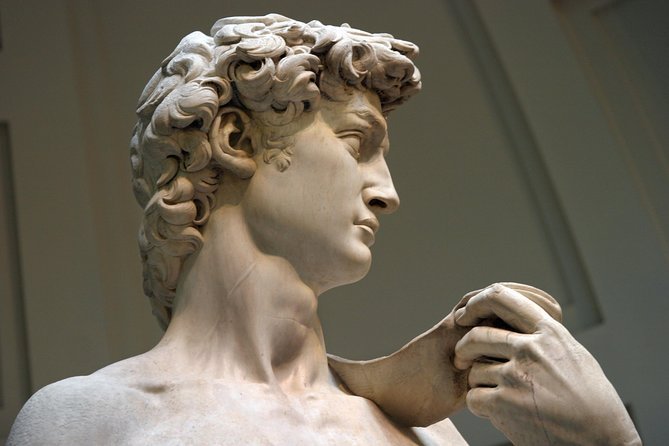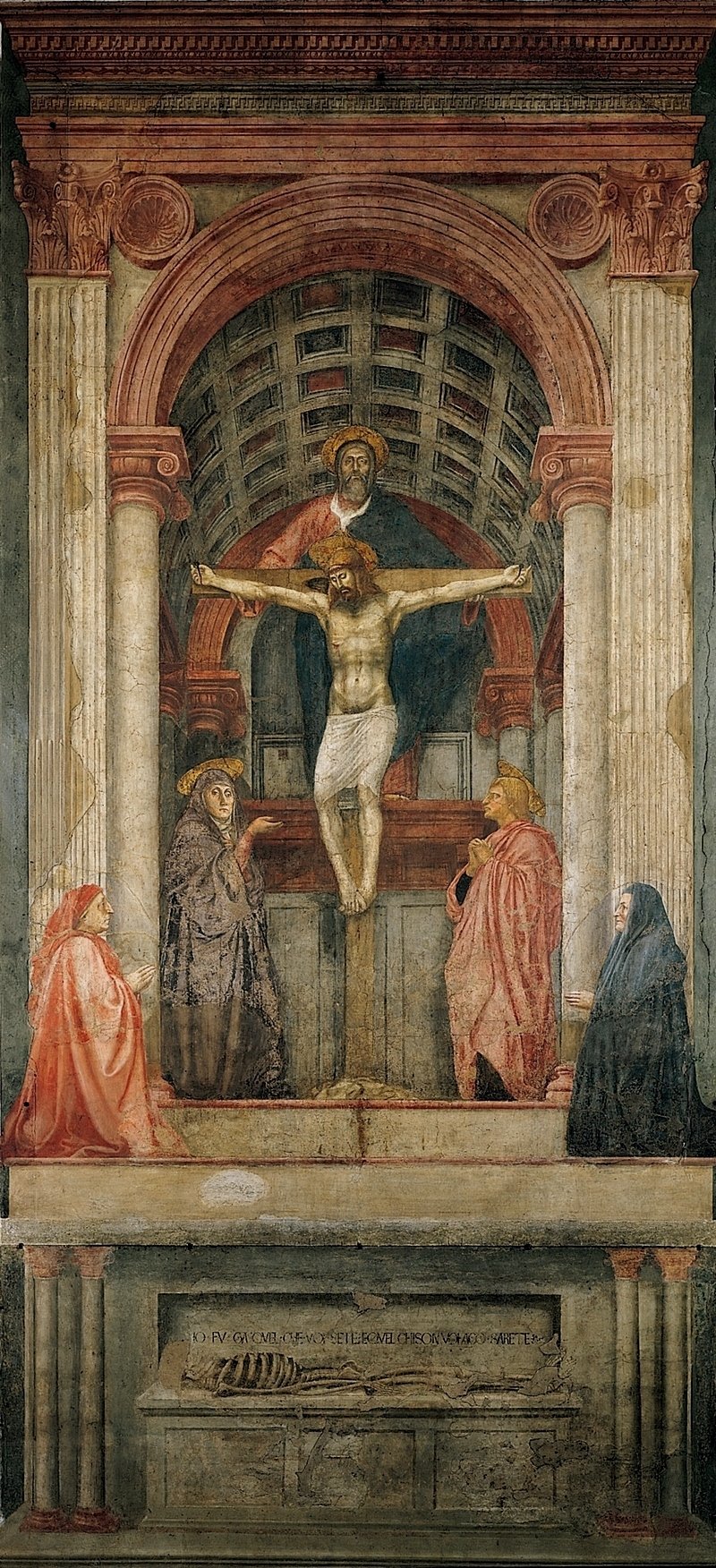10 Renaissance Masterpieces You Can Exclusively See in Florence
Florence is known as the birth place of the Renaissance, so it's just obvious that the city holds countless samples of Renaissance art, offering world-famous masterpieces. With dozens of galleries, architecture as well as sculptures, Florence is a city for art as well as history-lovers alike. Even if you know almost nothing regarding either, you'll soon understand their importance as the city holds its past and art in great esteem. Right here are a few of the globe's most popular as well as stunning masterpieces plus construction from the renaissance era of Florence.
Michelangelo's David
Michelangelo's David
Everyone recognizes the popular David sculpture by Michelangelo. The perfect guy. A wonderful display of human anatomy. Simply wonderful. See him in all his majesty standing 17 feet (5.2 meters) tall, deluding your mind with the perfect classical proportions of his body from the angle of the visitor. Michelangelo was an excellent researcher, artist and philosopher, so there was meaning in all the detailing.
Botticelli's Birth of Venus
Botticelli's Birth of Venus
Even if you are not an art lover, you will probably have actually seen an image of this painting a minimum of a couple of times in your life, whether in a schoolbook, on television, or referred to in a pop-culture parody. See the real thing. It's far better in reality. Venus embraces a style of her own in Botticelli's trademark style taking a look at her charm nearly puts you in a trance. This is one of the great pieces of painting in Florence city.
Botticelli's Allegory of Spring (La Primavera).
Botticelli's Allegory of Spring (La Primavera).
Sandro Botticelli is one of the most famous artists from the Medici era. His works are peppered throughout Florence, and particularly in the Uffizi Gallery where some of the greatest masterpieces are held. His art is a staple of Renaissance history and art where he portrays seasons, gods, and various other unworldly beings as human in his work, making it both brainstorming as well as stunning.
Giorgio Vasari's Last Judgement.
Giorgio Vasari's Last Judgement.
This is the most incredible fresco created inside the renowned Florence Cathedral dome. It portrays a scriptural tale of the last judgment and is noticeably similar with the Sistine Chapel's ceiling. Vasari was a known admirer of Michelangelo, so his trait is comparable, as well as the talent isn't missing. If you didn't realize, you would think it was done by Michelangelo himself. Be prepared to be awed by exceptionally stunning religious scenes depicted high over your head.
Titan's Venus of Urbino.
Titan's Venus of Urbino.
This oil painting was inspired by Titan's representation of Giorgione's Sleeping Venus. In Titan's version, however, he shows Venus in a homely setting, presenting the perception that she is tangible, tamed, as well as sensually straightforward. The paint holds no spiritual connotations, yet seems rather to be actively sexual. Against the various other paintings near it in the Uffizi Gallery, it stands out and attracts the viewer to it.
Brunelleschi's Dome.
Brunelleschi's Dome.
This is an architectural marvel. To now, specialists are shocked that the structure still stands sturdy. The herringbone block pattern together with the ribs constructed right into the framework was a brilliant concept back then, as well as has validated a lot more remarkably with time. On top of that, the entire cathedral itself is simply spectacular.
Ghiberti's Gates of Paradise.
Ghiberti's Gates of Paradise.
This is a popular piece of art, and best of all, it's totally free to see. The art is coated in gold, embellishing the doors of the baptistery. Illustrating biblical tales unto the gates of heaven is fitting for being presented on the doors of the divine baptistery structure next to the cathedral.
Donatello's David.
Donatello's David.
No, this is not the "ideal male" of marble made by Michelangelo. Donatello developed the biblical David in bronze in the scene of accomplishment when David defeated Goliath. In the victorious moment, David is portrayed as an effeminate youngster, proudly resting his foot on Goliath's severed head.
Masaccio's Holy Trinity.
Masaccio's Holy Trinity.
Although not one of the works of art that may come to mind when thinking about the Renaissance greats, this fresco located in the Basilica of Santa Maria Novella was a fantastic historic item of the period. Thought to be the first known example of one-point direct perspective, the fresco was painted in between 1425-27, and was Masaccio's last major commission prior to his death in 1428. It portrays the Holy Trinity at the Crucifixion, and what is most fascinating is the realistic therapy of Christ's body bore down by gravity on the cross. On either side of the cross is Christ's mom, Mary (left), and on the right is Saint John, while the figures in the forefront are thought to be the unknown commissioners of the fresco.
Masaccio passed away young leaving behind a very little quantity of work, but an excellent name for himself. Vasari, another renowned artist of the duration, had actually learnt about Masaccio and his great works which immortalized an illusion of space by using view lines, trompe-l'œil and proportion. When the conclusion was made to develop an altar over the fresco at a later time, Vasari did as he was commissioned to, but left a small gap in between the brand-new altar and the fresco on the wall, relatively maintaining and safeguarding the amazing fresco from damage. Since then, the fresco has been restored and now is present in the church for all to see.
Fra Angelico's San Marco frescoes.
Fra Angelico's San Marco frescoes.
The church of San Marco is completely full of Renaissance art, frescoes, gold construction as well as the divine likes, however the special frescoes are painted by Fra Angelico. Although the church itself is dark and occasionally maintained, the frescoes glow within all their magnificence. Far Angelico invested much of his time at this church and was a very regarded person of God who showed his love in his art. This particular fresco is Fra Angelico's representation of Da Vinci's Annunciation.










